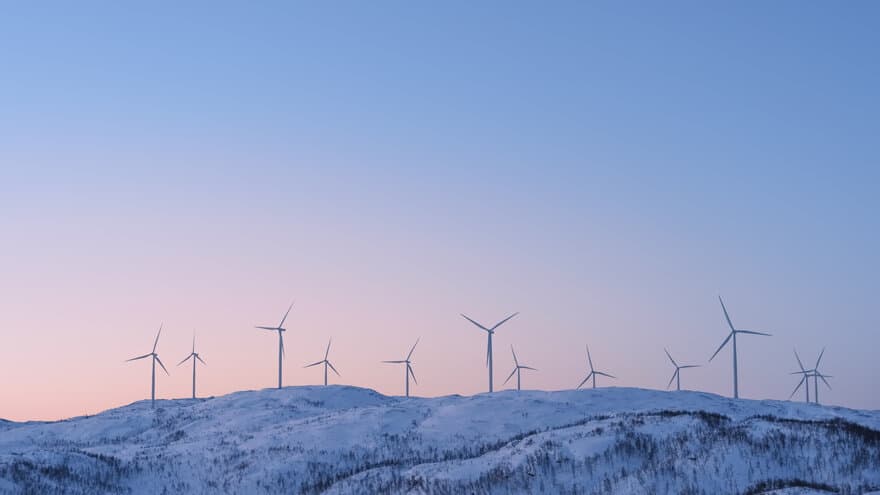The Research Council of Norway (ENERGIX)
Background
Driven by the international climate commitments, the European electricity system is in large transition on its way to a cleaner energy production. The share of renewable energy is increasing in all European countries, but at the same time it becomes more challenging to keep the electric supply stable because renewable energy is weather dependent. Norway has large amounts of clean and controllable hydropower and can play an important role in balancing the European electricity supply. Norwegian hydropower can step in when there is electricity shortage in Europe, while hydropower reservoirs can be used for energy storage when there is electricity surplus. Norway’s energy supply will be increasingly influenced by the Europe energy transition, and for Norwegian policy makers, system operators and producers it is important to in this perspective it is address how Norwegian renewable energy resources and infrastructure may be affected by, benefit from, and contribute to, the ongoing European energy transition.
The NorENS project will explore the likely directions of the European energy transition and by using advanced modelling tools to simulate the future development of the interconnected electricity systems of Norway and Europe. The project results will contribute to planning an efficient, profitable and robust electricity system infrastructure for Norway in light of the European energy transition. NorENS is managed by Norwegian University of Life Sciences (NMBU) and includes researchers and analysts from Cicero and leading international experts. In addition, expertise from Statnett, NVE and Østfold Energi will contribute in the project. NorENS is interdisciplinary and will combine technical analysis and analysis of market and policy frameworks with advanced energy system modelling. The energy system modelling will couple the power, heat, gas and transportation sectors and will pay particular attention towards the economic, political and technological uncertainty in the ongoing energy transition.
Objectives
Primary objective
To develop a broader and better knowlegde base for the problem of planning an efficient, profitable and robust electricity production and transmission infrastructure for Norway in light of the ongoing transition of the European energy system.Secondary objectives
S1) Identify the main market, technological and political drivers, and the underlying uncertainties in the development of the drivers, in North European energy markets.S2) Assess the economic potential and mutual competition of various flexibility alternatives.
S3) Identify and assess likely climate and energy policy options in Northern Europe, given the political opposition to high carbon prices in other parts of Europe.
S4) Improve the capability of an existing energy system model to handle uncertainty, as well as new flexibility alternatives, whilst increasing the degree of detail through improving the underlying numerical techniques, solution algorithms and computing paradigms.
S5) Simulate prices, power generation, value added and the need for interconnector capacity in the Norwegian power market at an hourly level and create probability distributions, showing how the development of the simulated variables depend on:
a) the main power market drivers in Northern Europe (based on the findings in S1)
b) the assumptions made about the mix of flexibility options (based on results from S2)
c) development of North European policies for power system decarbonization (from S3)S6) Synthesize the implications of S5 for utilization of Norwegian renewable energy resources, transmission capacities and flexibility options, and suggest new policy directions that enable a robust development of the Norwegian energy system in light of likely changes and uncertainties in the European energy systems.
Researchers
Participating NMBU-researchers
Jon Gustav Kirkerud
Norges vassdrags- og energidirektorat
Partners
- Cicero
- Statnett
- NVE - The Norwegian Water Resources and Energy Directorate
- Østfold Energi
News
Sector coupling can provide much needed flexibility for the energy transition
A new study shows how sector coupling leads to a change of paradigm in the energy system, helping reducing the emissions from fossil fuels towards 2050. Configure
New study on decarbonization of North European heating systems
Heating of buildings is a major source of emissions in Europe, often forgotten in energy system scenarios. A new study focusing on decarbonizing of buildings having individual heating systems concludes that large scale electrification through use of heat pumps is a major part of decarbonization of this energy use.Configure
Nytt forskningsprosjekt ser på Norges rolle i Europas energiomstilling
Et nytt NMBU-ledet forskningsprosjekt skal hjelpe norske energiaktører med å finne best mulige strategier for fremtidens energisystem preget av store endringer internasjonalt. Configure
Hvordan integrere forbrukernes fleksibilitet i fremtidens fornybare kraftmarked?
Aleksandra Roos viser i sin doktorgrad at det er viktig å vurdere hele kraftsystemet og samspillet mellom forskjellige markeder og nettnivå når etterspørselsfleksibilitet skal integreres i kraftsystemene.Configure
Storstilt biodrivstoffproduksjon vil endre skogsektoren betydelig
Eirik Ogner Jåstad har i sin doktorgradsavhandling undersøkt hvordan skog- og energisektoren vil tilpasse seg produksjonen av biodrivstoff og biovarme i Norden fremover. Resultatene viser at en storstilt biodrivstoffproduksjon i Norden vil endre den tradisjonelle skogsektoren, og at skogeieren vil være den store vinneren.
Publications
Presentations
